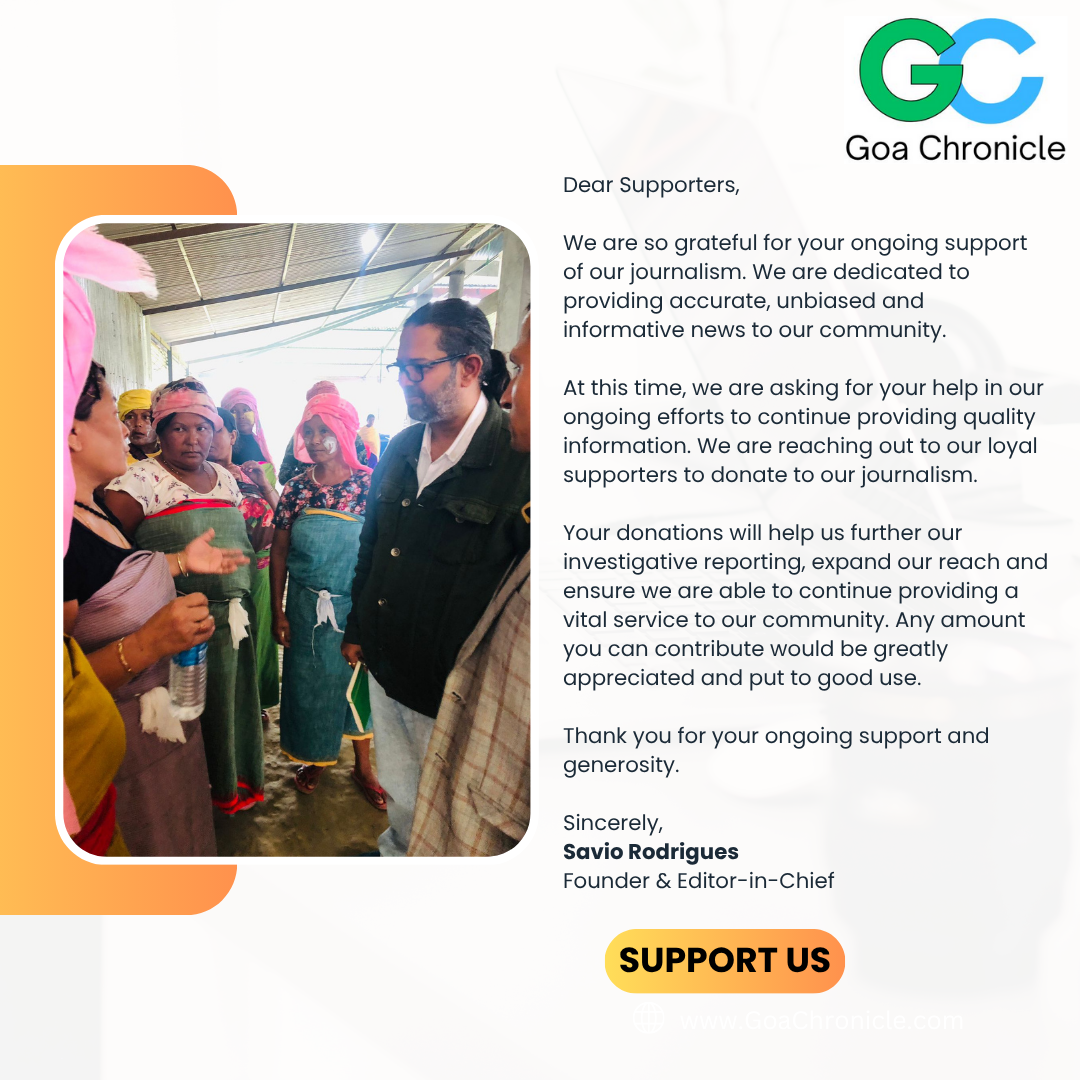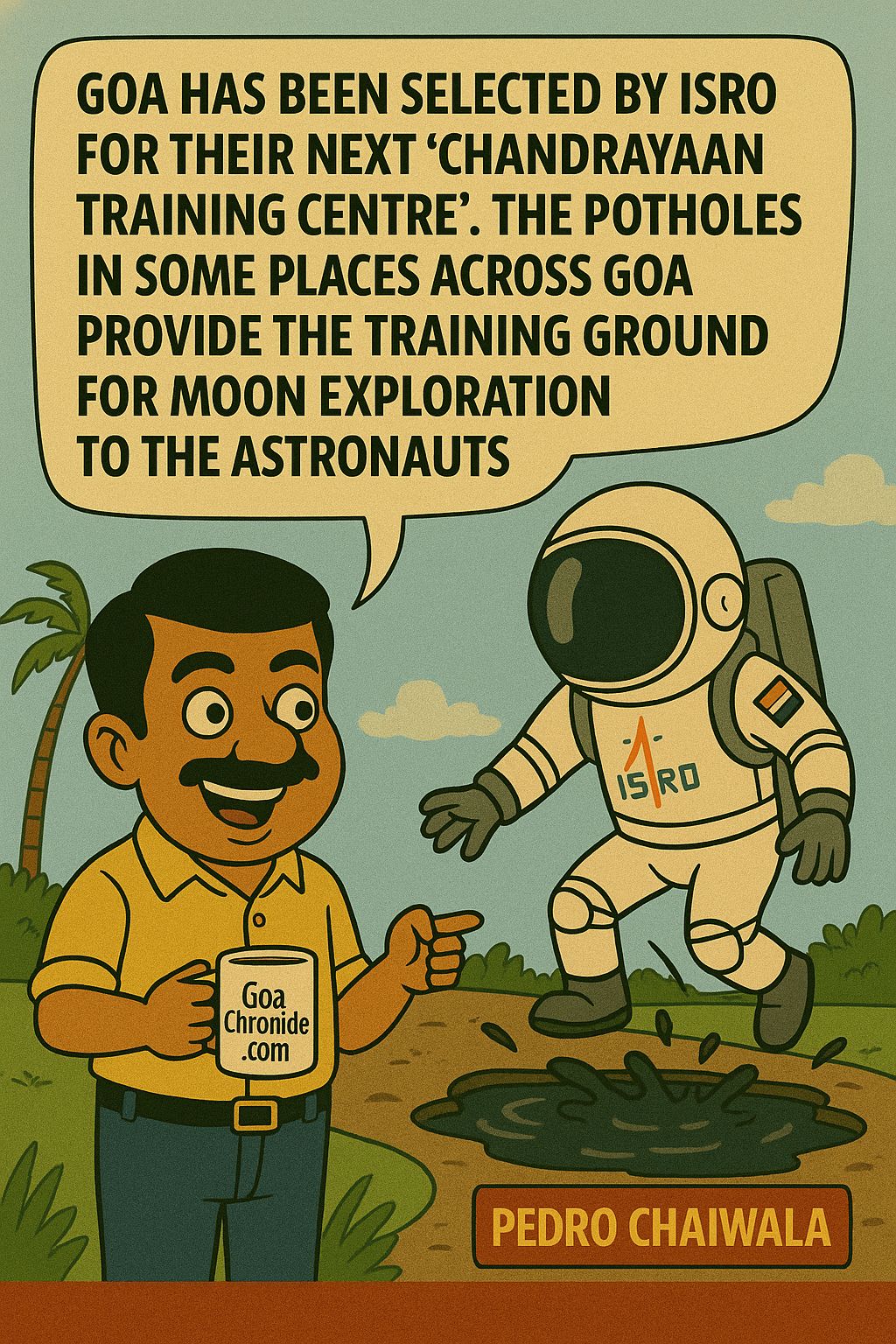In the history of modern India, dams have been seen as the temples of our nation – symbols of development, progress and protection. But as we move deeper into the era of climate unpredictability, high-density urbanisation and aging infrastructure, the question demands urgent and uncomfortable honesty: Are the dams in India truly safe? This is not just a technical query for engineers or bureaucrats – it is a humanitarian concern, a governance responsibility and, most importantly, a future-defining challenge.
Let’s speak without filters, as we do when discussing issues that concern lives and livelihoods. India has over 6,000 large dams – the third-largest number in the world. Many of these were built between the 1960s and 1980s, when engineering technology was less advanced, when environmental risk assessments were far from robust, and when climate change was not even part of national vocabulary. Today, nearly 300 dams in India are over 100 years old. When a bridge collapses, we react. When a road cracks, we complain. But when an aging dam cracks, the silence speaks louder because the consequences can be catastrophic.
The fundamental issue lies at the intersection of aging infrastructure, inadequate maintenance, political inertia and growing climatic stress. Dams are designed for a specific inflow-output regime based on rainfall patterns and hydrological data gathered decades ago. But rainfall today doesn’t follow past expectations. We are witnessing short bursts of extreme rainfall instead of consistent seasonal distribution. Flood-like situations now occur in regions historically considered drought prone. Yet, many dam manuals haven’t been updated for over 20 years.
The 2018 Kerala floods exposed the fragility of dam management in India. The worst floods in nearly a century were not just a natural disaster – they were a failure of prediction, coordination and timely water release from multiple dams. Over 35 dams released water almost simultaneously, compounding the disaster rather than mitigating it. Environmentalists argue it was a man-made disaster. The tragedy is that this situation could repeat anywhere.
Consider the Mullaperiyar Dam – built in 1895, located in a seismic zone, and embroiled in a decades-long legal battle between Kerala and Tamil Nadu. Experts have warned of potential catastrophe if structural failure occurs. The Supreme Court has intervened multiple times, ordering the water level to be lowered, but legal arguments cannot hold water back. Only engineering and foresight can.
Similarly, the Tehri Dam in Uttarakhand – often cited as engineering excellence – is located in a high-risk seismic zone. While modern reinforcements have made it relatively safe, no dam is completely immune to nature’s fury. The question is not whether a dam can withstand an extreme event. The question is how many simultaneous extreme events we are ready to handle.
One of the unspoken truths is that dam safety audits in India are often more procedural than predictive. Reports are made. Files move. Minor repairs are done. Then silence. The Central Water Commission oversees dam safety, but implementation is diffused between state agencies with varying levels of expertise and urgency. The Dam Safety Bill, passed in 2021, was a promising step forward. It mandates surveillance, inspection and emergency planning. But policy without practice is like a dam without maintenance – it holds only until the pressure increases.
There is also a political dimension. Many states view dams as assets of control – tied to irrigation promises, power generation and local vote banks. So decision-making is often clouded by political urgency rather than engineering necessity. Who will risk releasing water early if downstream farmers protest? And who will risk delaying water release if urban areas flood? In India, risk balancing is more electoral than hydrological.
Climate change has made dams more vulnerable. The Himalayas, where many major river systems originate, are warming faster than global average temperatures, increasing glacial melt and unpredictability. Cloudbursts are becoming more frequent. Soil erosion is higher, increasing siltation in reservoirs, reducing capacity and efficiency. Arunachal Pradesh, Uttarakhand, Himachal Pradesh and parts of Maharashtra have seen multiple dam overflows due to unexpected rainfall. Yet, how many dams have predictive flood handling systems based on real-time satellite data? Only a handful.
If you speak to senior hydrologists privately, they admit that while India hasn’t had a major dam disaster in recent history, it is not because we are fully prepared. It is because of sheer luck and fragmented rainfall patterns. One synchronised failure of multiple dams in a river basin could trigger unprecedented devastation.
So, are India’s dams safe? The answer, if we choose to speak with integrity, is: They are safe only as long as conditions align with expectations. When nature behaves differently, safety becomes questionable.
Reportedly, out of over 6,000 large dams in India, only around 500 have complied with the provisions of the National Dam Safety (NDS) Act. This means less than 10% of the country’s major dams are aligned with the mandated safety, inspection and emergency preparedness norms introduced under the Act.
This low compliance rate raises serious concerns regarding the monitoring and maintenance of aging dam infrastructure, especially at a time when climate-related extreme weather events and increased hydrological pressure demand stricter risk management protocols. It highlights the urgent need for stronger implementation mechanisms, state-level accountability and proactive enforcement to ensure dam safety across the country.
We need to shift from reactive to predictive dam management. Regular structural audits, using advanced technologies like ground-penetrating radar, AI-based predictive modelling for inflow management, satellite-driven rainfall projections and real-time dam monitoring systems must become mandatory. The Dam Safety Authority must be insulated from political interference. Emergency Action Plans should be updated annually and mock drills must be conducted with full public awareness, not just bureaucratic attendance.
Transparency is crucial. When a cyclone is expected, alerts are issued. When floods are expected, advisories are given. But when water is released from a dam or a structurally unstable dam shows early signs of stress, who informs the people living downstream? Why is the public not treated as a stakeholder in dam safety dialogues? A dam does not just hold back water – it holds responsibility. Until this mindset shift happens, we will continue to rely on hope and prayers instead of planning and preparedness.
It is time to accept that dam failures are not only mechanical but managerial. Technology can be upgraded. Structures can be strengthened. But decision-making needs courage. And courage in governance means taking preventive actions even when they are politically inconvenient.
India must learn from international best practices. Countries like Japan have live monitoring systems that auto-regulate dam gates based on rainfall intensity and water inflow. The U.S. Army Corps of Engineers continuously scans aging dam structures and has proactive evacuation protocols. Why should a nation that builds Mangalyaan not build world-class predictive dam safety networks?
Let’s put it this way: development is not about what you build – it is about how long it stands without risking lives. A dam is not a symbol of power unless it is backed with responsibility. A dam is not infrastructure – it’s a silent sentry standing between civilisation and catastrophe.
The question is no longer, “Are the dams safe?” The question now is, “Are we doing what it takes to keep them safe?”
The day our answer changes from silence to sincerity, India will move from risk to resilience. Until then, every drop behind every dam carries both the promise of progress and the possibility of peril.































